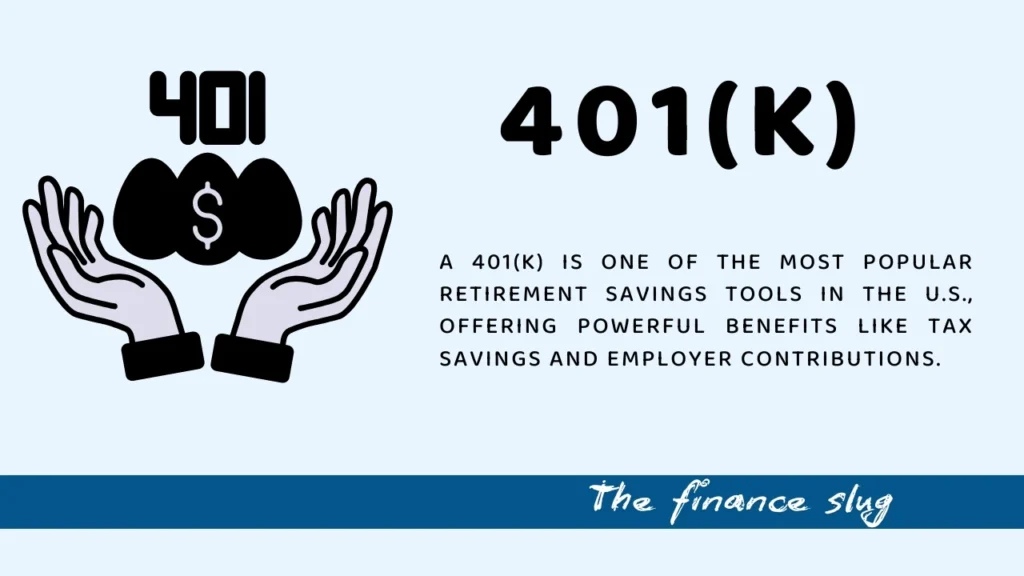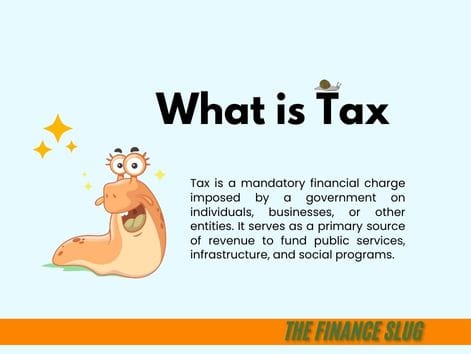
Introduction
Saving for retirement might feel overwhelming, but a 401(k) plan makes it easier. A 401(k) is one of the most popular retirement savings tools in the U.S., offering powerful benefits like tax savings and employer contributions. Whether you’re just starting your career or looking to boost your retirement savings, understanding 401(k) contributions is essential. In this guide, we’ll break down how 401(k) plans work, why contributions matter, and how you can make the most of them to secure your financial future.
What Is a 401(k)?
A 401(k) is an employer-sponsored retirement savings plan that lets you set aside money from your paycheck to save for the future. Named after a section of the U.S. tax code, the 401(k) allows your contributions to grow tax-deferred, meaning you won’t pay taxes on the money until you withdraw it in retirement.
Here are the two main types of 401(k) plans:
Traditional 401(k)
The Traditional 401(k) allows you to contribute a portion of your income before taxes are taken out. Here’s how it works:
- Tax Advantages: Contributions are tax-deductible, meaning they lower your taxable income in the year you make them. For example, if you earn $60,000 annually and contribute $5,000 to a traditional 401(k), you’ll only pay income tax on $55,000 for that year.
- Growth: Your investments grow tax-deferred, which means you won’t pay taxes on dividends, interest, or capital gains within the account while the money remains invested.
- Withdrawals in Retirement: When you withdraw funds in retirement, those distributions are taxed as ordinary income. This can be beneficial if you expect to be in a lower tax bracket during retirement than during your working years.
Roth 401(k)
The Roth 401(k) works differently, offering after-tax contributions. Here’s what makes it unique:
- Tax Structure: Contributions are made with money you’ve already paid taxes on. This means there’s no immediate tax break.
- Tax-Free Withdrawals: In retirement, you can withdraw both your contributions and earnings tax-free, provided you’ve held the account for at least five years and are age 59½ or older.
- Growth: Like the traditional 401(k), your investments grow tax-free while in the account.
Example: Imagine contributing $10,000 annually to a Roth 401(k). While you’ll pay taxes on that income now, if your account grows to $1 million over time, you’ll pay zero taxes on withdrawals in retirement. Here you can check 401K plan on IRS.
How Do 401(k) Contributions Work?
Contributing to a 401(k) is simple. Here’s how it works step-by-step:
- Payroll Deductions: You decide how much of your paycheck to contribute, typically as a percentage of your salary. For example, contributing 5% of a $50,000 salary equals $2,500 annually.
- Employer Match: Many employers match a portion of your contributions. This match is essentially free money added to your account.
- Tax Benefits: Contributions to a traditional 401(k) lower your taxable income. For example, if you earn $50,000 and contribute $5,000, you’ll be taxed on $45,000 instead of $50,000.
- Investment Growth: Your contributions are invested in options like mutual funds, stocks, and bonds. Over time, these investments have the potential to grow, thanks to compound interest.
Benefits of Contributing to a 401(k)
There are several compelling reasons to prioritize 401(k) contributions:
1. Tax Savings
- Traditional 401(k): Contributions reduce your taxable income now.
- Roth 401(k): Withdrawals in retirement are tax-free.
2. Employer Match
- Many employers match a percentage of your contributions. For example, if your employer offers a 100% match up to 5% of your salary, contributing at least 5% doubles your savings.
3. Automatic Savings
- Contributions are deducted directly from your paycheck, making it easy to save consistently.
4. Compound Growth
- Over time, your investments grow not only from contributions but also from earnings on those contributions. This snowball effect can significantly boost your savings.
5. Higher Contribution Limits
- The 401(k) allows higher annual contributions compared to other retirement accounts. In 2024, the limit is $23,000 for those under 50, and $30,500 for those 50 or older (including catch-up contributions).
6. Financial Security in Retirement
- A well-funded 401(k) provides peace of mind, ensuring you have the resources needed for a comfortable retirement.
How Much Should You Contribute?
Deciding how much to contribute depends on your financial goals and budget. Here are a few guidelines:
- Start Small: If you’re new to 401(k) plans, begin with a manageable percentage, like 3% of your salary, and gradually increase it over time.
- Meet the Employer Match: Always contribute enough to get the full employer match. For example, if your employer matches up to 5%, aim to contribute at least 5%.
- Aim for 15%: Financial experts often recommend saving 15% of your income for retirement, including employer contributions.
- Increase Annually: Many plans offer automatic contribution increases, allowing you to raise your percentage by 1% annually without much effort.
- Use Windfalls Wisely: If you receive a bonus or a tax refund, consider allocating some of it to your 401(k) to give your savings a boost.
Tips for Maximizing Your 401(k)
Here’s how you can get the most out of your 401(k):
1. Take Full Advantage of the Employer Match
- If your employer offers matching contributions, ensure you’re contributing enough to earn the maximum match.
2. Invest Wisely
- Diversify your investments across stocks, bonds, and mutual funds based on your risk tolerance and retirement timeline.
- Review your investment options regularly to ensure they align with your financial goals.
3. Avoid Early Withdrawals
- Withdrawing money before age 59½ can result in penalties and taxes, reducing your savings.
- Consider borrowing from your 401(k) only as a last resort, and repay any loans promptly to avoid penalties.
4. Revisit Your Contributions Regularly
- As your salary increases, consider raising your contribution percentage to keep pace with your goals.
- Set calendar reminders to review your contributions annually or after major life events.
5. Max Out Contributions
- If possible, aim to contribute up to the annual limit to maximize tax benefits and savings.
6. Take Advantage of Catch-Up Contributions
- If you’re 50 or older, you can contribute an extra $7,500 annually in 2024, boosting your savings.
7. Leverage Financial Tools
- Use online retirement calculators to estimate how much you need to save to meet your retirement goals.
- Consider consulting a financial advisor to create a tailored plan.
Conclusion
Contributing to a 401(k) is one of the smartest ways to save for retirement. With tax benefits, employer matches, and the power of compound growth, even small contributions today can lead to significant savings over time. Start by contributing what you can, aim to meet your employer’s match, and gradually increase your savings as your finances allow.
Remember, every dollar you contribute today brings you closer to a financially secure retirement. Ready to take control of your retirement savings? Reach out to a financial advisor or use an online 401(k) calculator to create a plan that works for you. The sooner you start, the brighter your retirement future will be!

